In the rapidly evolving digital age, technology is not merely a tool for efficiency and communication; it is a gateway to inclusion, offering a platform where diversity can be celebrated and barriers can be broken down. For young people, particularly those from diverse backgrounds and with varying abilities, accessibility education is a crucial aspect of ensuring that technology serves as an enabler rather than a gatekeeper. The Need for Inclusive Technology plays a significant role in education, communication, and everyday life. However, without proper accessibility, it can reinforce existing inequalities and create new ones. Many youth with disabilities or from marginalized communities face unique challenges when accessing technology. Whether it is visual, auditory, motor, or cognitive impairments, each requires thoughtful solutions that are often overlooked in mainstream technology design.
Accessibility Education: Bridging the Gap To combat these barriers, accessibility education focuses on teaching young people about inclusive technology design and use. This education is vital for several reasons:
- Empowering Diverse Youth: By learning about accessibility, young people from all backgrounds can become active participants in the digital world. They can advocate for their own needs and those of their peers, creating a more inclusive environment for all.
- Building Awareness and Empathy: Accessibility education promotes empathy among youth without disabilities, fostering a greater understanding of the challenges faced by others. This awareness can lead to a more inclusive society, as young people carry these values into adulthood.
- Encouraging Innovation: When young people understand accessibility, they are more likely to create technology solutions that address a broader range of needs. This can lead to innovative products and services that benefit everyone, not just those with disabilities.
Practical Approaches to Accessibility Education Incorporating accessibility education into school curricula and youth programs is essential. Here are some practical approaches:
- Inclusive Curriculum Design: Schools can integrate accessibility topics into technology and computer science classes, teaching students about assistive technologies, accessible coding practices, and universal design principles.
- Hands-on Projects: Students can engage in projects that involve creating accessible websites, applications, or devices. These projects provide real-world experience in solving accessibility challenges.
- Collaborative Learning: Javad Marandi Encouraging collaboration between diverse groups of students fosters teamwork and a sense of shared purpose. By working together, students can learn from each other’s experiences and perspectives.
- Partnerships with Advocacy Groups: Schools and youth programs can partner with disability advocacy groups to provide guest speakers, workshops, and mentorship opportunities. This not only enriches the learning experience but also connects students with a broader community dedicated to accessibility.
The Impact of Accessibility Education By prioritizing accessibility education for diverse youth populations, we can create a more inclusive future. Young people who understand the importance of accessible technology are better equipped to navigate the digital world and to contribute to a society where everyone, regardless of their abilities or background, has an equal opportunity to succeed. Ultimately, accessibility education is not just about technology; it is about building a more inclusive and equitable world.
